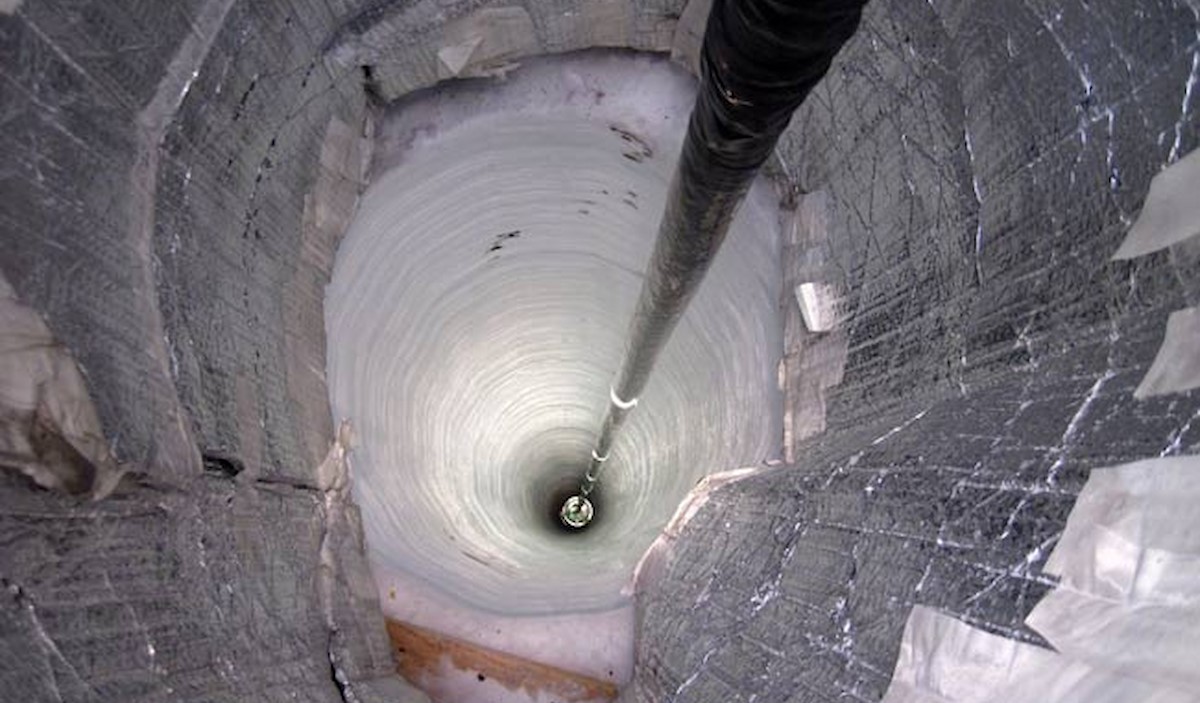|
Getting your Trinity Audio player ready...
|
Physicists declare that the IceCube neutrino telescope has not found any anomalies in the transformation of three different types of neutrinos into each other, which could indicate the existence of “new physics” in the workings of the force of gravity at the quantum level. The results of these observations are published in an article in Nature Physics.
Neutrinos are the lightest and most numerous elementary particles, which interact with the surrounding matter only through gravity and the so-called weak interactions. In the middle of the last century, physicists discovered that there are three “varieties” of such particles – tau, electron and muon neutrinos, and antineutrinos. A little later, scientists discovered that neutrinos of different species are able to periodically transform into each other. The very existence of this process, the so-called neutrino oscillations, indicates that these particles have a nonzero mass, which does not fit into the standard model of particle physics. Large new neutrino detectors, such as Japan’s Hyper-Kamiokande and the U.S. DUNE project, are under construction to determine this mass.
So far these detectors have not been built, forcing scientists to look for other approaches to find “new physics” in neutrino behavior and transformations. For example, a group of physicists led by Ignazio Taboada, a professor at the Georgia Institute of Technology in Atlanta, USA, used neutrino oscillations to search for anomalies in the way the gravitational force works at the quantum level. As physicists note, in the past, scientists believed that manifestations of quantum gravity cannot be reliably seen and studied unless matter is transferred to the state in which it was immediately after the Big Bang. The IceCube neutrino telescope research team has discovered theoretical evidence that this rule can be broken in the case of high-energy neutrino oscillations that travel to Earth from extragalactic sources over many billions of years.
Guided by these ideas, the scientists examined the entire data set that IceCube collected over its first eight years of operation, from 2010 to 2018, and determined the frequency of transformations of different variations of neutrinos into other types of these particles. They then compared these data with the results of calculations of neutrino oscillations using the standard model and seven different variants of “new physics,” which allow for different anomalies in the workings of the gravitational force at the quantum level. It turned out that none of the alternatives coincided with the data of real measurements, which excludes the possibility of existence of their proposed anomalies in quantum gravity in a very wide range of parameters. This significantly narrows the field for further searches for “new physics” in the properties of neutrinos, summarized Professor Taboada and his colleagues.


